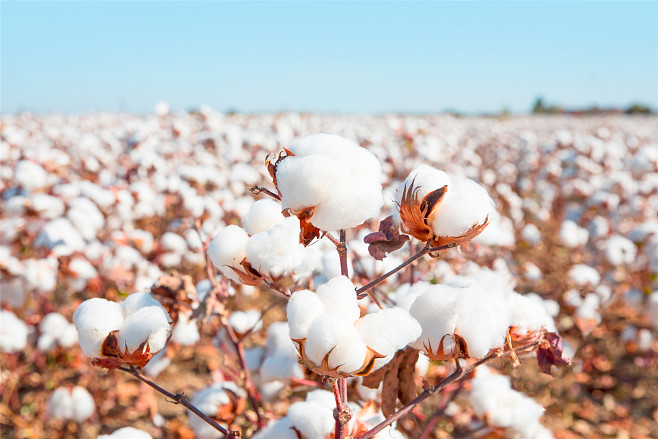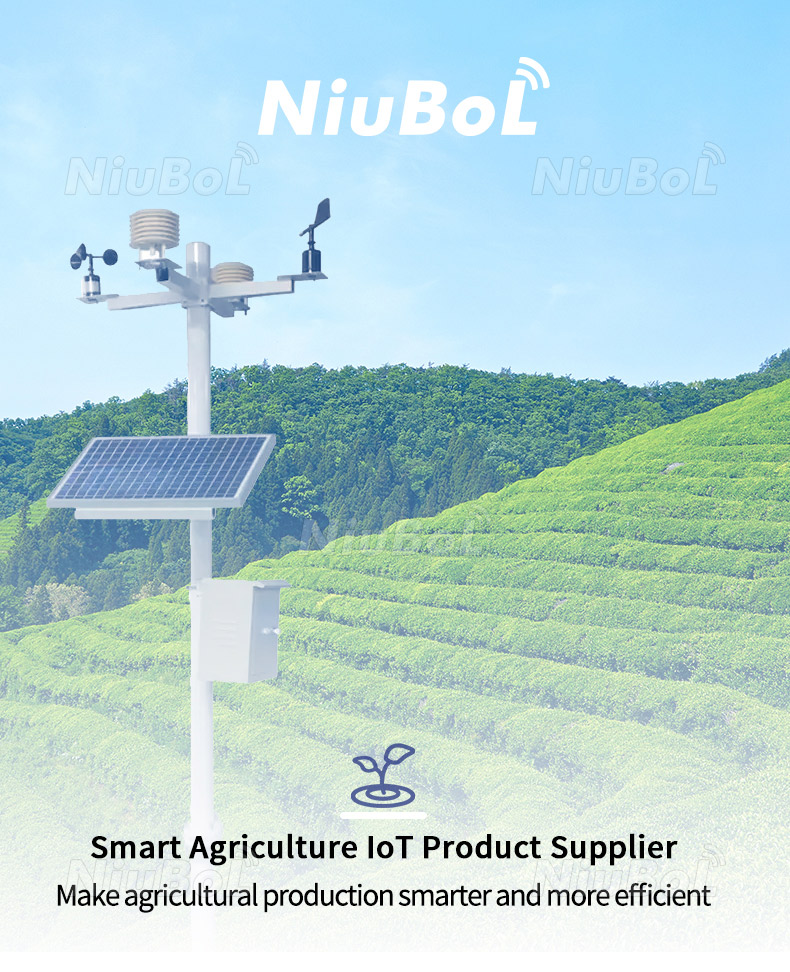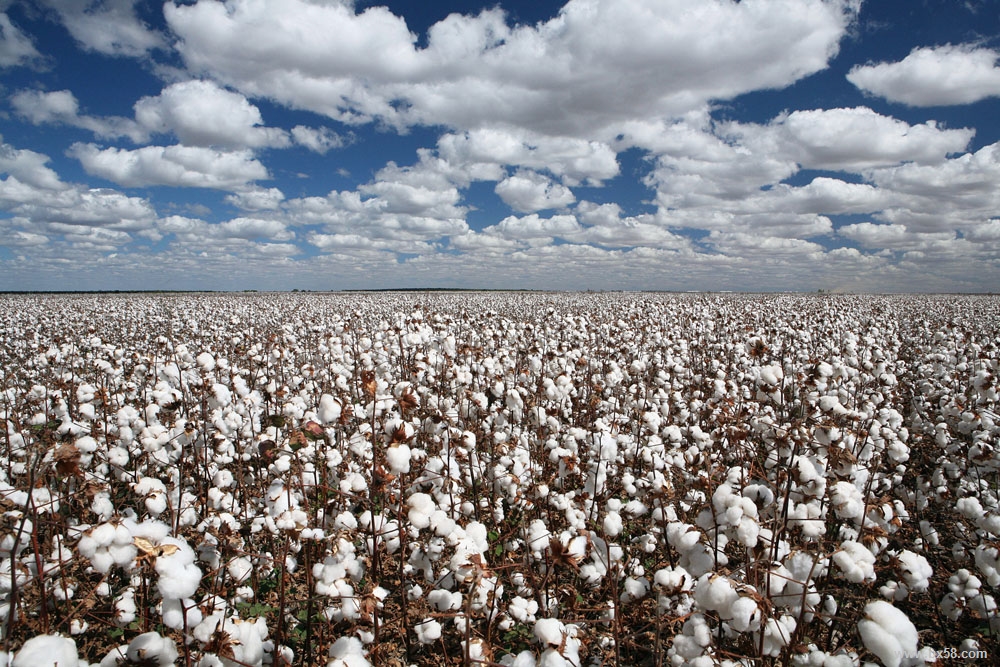

— Blogs —
—Products—
 Consumer hotline +8618073152920
Consumer hotline +8618073152920 WhatsApp:+8615367865107
Address:Room 102, District D, Houhu Industrial Park, Yuelu District, Changsha City, Hunan Province, China
Product knowledge
Time:2023-08-11 20:45:48 Popularity:639
Cotton is mainly produced in the following countries and regions:
China: China is one of the largest cotton producers in the world, with major production areas including Xinjiang, Henan, Shandong, Hebei, Jiangsu and other provinces.

India: India is the world's second largest cotton producer, production is mainly concentrated in Gujarat, Maharashtra, Andhra Pradesh and other regions.
The United States: the United States is the world's third largest cotton producer, the main production areas including Texas, California, Louisiana and so on.
Pakistan: Pakistan is one of the important cotton producers, the main production areas include Sindh, Punjab and other places.

In addition, a number of other countries and regions such as Uzbekistan, Turkey, Brazil, Egypt, Australia, etc. also have a lot of cotton production.
An agrometeorological station is a facility dedicated to monitoring and recording agrometeorological information. It usually consists of meteorological observation equipment, data acquisition system and data transmission equipment, etc. It aims to provide accurate and real-time meteorological data to farmers, agricultural professionals and government departments to support agricultural production management and decision-making.
Agrometeorological stations play a vital role in agricultural production by providing accurate meteorological information and forecasts to help farmers make scientific decisions, improve crop yields and quality, respond effectively to natural disasters, and promote the sustainable development of agriculture.

The installation of agrometeorological stations in cotton cultivation has the following values and roles:
1. Agricultural production scheduling: Agricultural weather stations can provide meteorological information needed for cotton cultivation, such as temperature, precipitation, light intensity, etc., to help farmers rationally arrange farming activities. For example, in the sowing stage, according to the temperature and soil moisture, decide when to start sowing; in the watering stage, according to the precipitation and evaporation emanation, determine the appropriate amount of irrigation.
2. Pest control: Meteorological information provided by agrometeorological stations can help farmers to predict and monitor the likelihood of the occurrence of pests and diseases, and to take early preventive and control measures accordingly. For example, the occurrence of some pests and diseases is closely related to temperature, precipitation and other meteorological factors. Through timely understanding of meteorological information, farmers can carry out targeted pest prevention and control measures to reduce losses.
3. Disaster early warning: agro-meteorological stations can monitor weather changes in real time and provide weather warning information to help farmers take precautions. For cotton, disasters such as typhoons, hailstorms and droughts may cause large losses in yield and quality. Through the weather warning, farmers can prepare for disasters in advance and take necessary protective measures to reduce the risk of loss.
4. Resource management: Meteorological information provided by agrometeorological stations, such as soil moisture and evapotranspiration, can help farmers rationally manage water and land resources. In watering and irrigation management, adjust the irrigation volume according to soil moisture and meteorological factors to improve water use efficiency; while in land use, analyse the evaporation and emission and other indicators to reasonably plan the cotton planting area and improve the efficiency of land use.
In summary, the installation of agrometeorological stations is of great value and usefulness to the cotton planting industry, helping farmers to scientifically manage farming activities, prevent pests and natural disasters, optimise resource utilisation, and improve the yield and quality of cotton, thus promoting the sustainable development of the cotton planting industry.
Prev:The way forward for agrometeorological stations
Next:Agro-meteorological station provides meteorological data monitoring for broccoli planting
Related recommendations
Sensors & Weather Stations Catalog
Agriculture Sensors and Weather Stations Catalog-NiuBoL.pdf
Weather Stations Catalog-NiuBoL.pdf
Related products
 Combined air temperature and relative humidity sensor
Combined air temperature and relative humidity sensor Soil Moisture Temperature sensor for irrigation
Soil Moisture Temperature sensor for irrigation Soil pH sensor RS485 soil Testing instrument soil ph meter for agriculture
Soil pH sensor RS485 soil Testing instrument soil ph meter for agriculture Wind Speed sensor Output Modbus/RS485/Analog/0-5V/4-20mA
Wind Speed sensor Output Modbus/RS485/Analog/0-5V/4-20mA Tipping bucket rain gauge for weather monitoring auto rainfall sensor RS485/Outdoor/stainless steel
Tipping bucket rain gauge for weather monitoring auto rainfall sensor RS485/Outdoor/stainless steel Pyranometer Solar Radiation Sensor 4-20mA/RS485
Pyranometer Solar Radiation Sensor 4-20mA/RS485
Screenshot, WhatsApp to identify the QR code
WhatsApp number:+8615367865107
(Click on WhatsApp to copy and add friends)